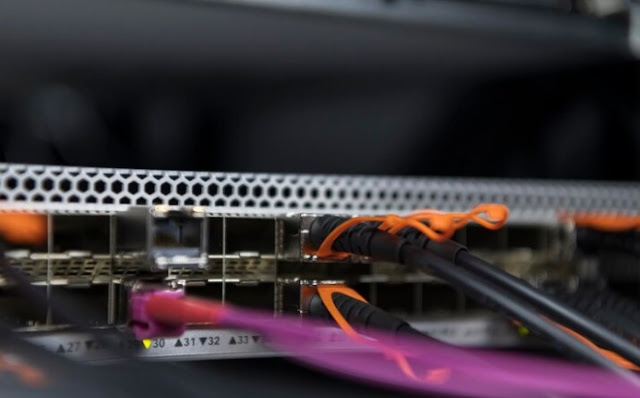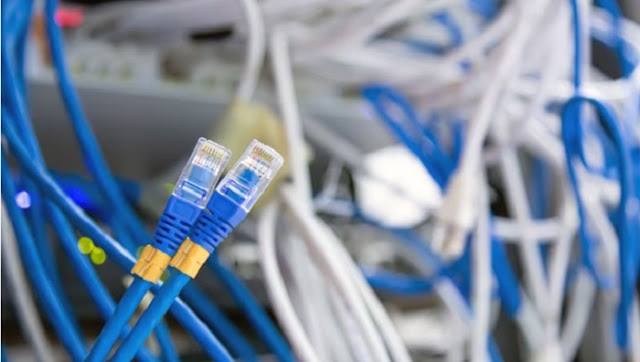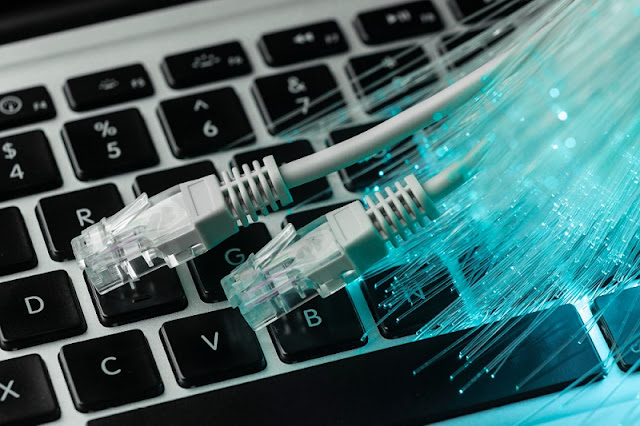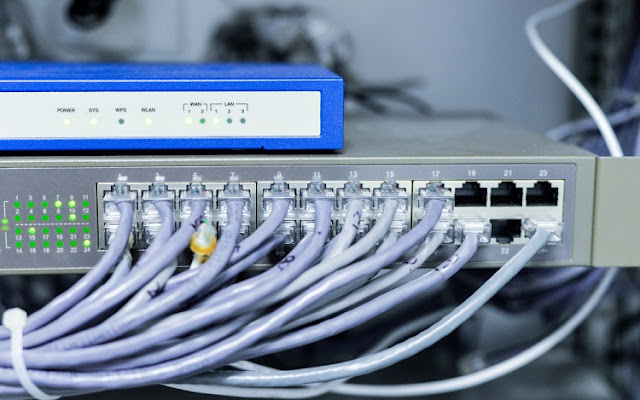Are
you a business person who depends on an internet connection? If you said,
of course. Then, network cables play an important role in any solid network
arrangement, especially when WiFi fails. They form the foundation of your
network, delivering a stable and dependable connection. Whether placing up a
new business or upgrading your home network, properly installing network cables
can significantly enhance your internet connection and network stability. This
post explains the basic steps to install the network cable:
Install Cable
Professionals
begin the practical installation of network cabling after establishing a strong
plan. To complete this phase, look for a qualified fiber optic
cabling services provider who can navigate the
complexities of routing cables through walls, ceilings, and floors while
minimizing interruption and following safety requirements. Labeling and
documentation for each cable run should be kept during installation to assist
in future troubleshooting and maintenance.
Stripping the Cable Jacket
Professionals
carefully remove about an inch of the outer jacket from each end of the cable
using a wire stripper or a sharp knife, not damaging the twisted pairs of wires
inside. When the jacket is removed, you will notice four twisted pairs of
wires, each with a unique color pattern. Take your phone and search for a network
installer near me to find a skilled cable installation
service provider.
Check Wall Access
Before
you start installing cables, it is important to plan the most effective route.
Professionals use a drywall stud finder to find the safest spots to drill
without damaging wall studs, existing pipes, or electrical wires.
The network
cabling contractor also inspects wall cavities
for blockages and plans to use wall plates to cleanly finish outlet holes. This
prevents unnecessary holes and ensures that the cable runs smoothly from one
location to another.
Separate the Wires
After
professionals have measured and planned the path for your network cabling, use
wire cutters to cut the cable to the appropriate length. Professionals exercise
caution to prevent cutting internal wiring. They also separate and untwist the
twisted pairs, preparing them for proper alignment and connection in the
following processes. They also double-check the wires for damage, ensuring
reliable data transfer and connectivity.
Make Sure Wires Are In Order
After
stripping the internet connection, align exposed wires using the T568A or T568B
standard wiring schemes, depending on your requirements or current network
configuration.
The
perfect wire arrangement is critical for ensuring the internet connection works
appropriately. Typically, the wires are organized in a specified order by color
before being placed into the connector.
Test Cables
Testing
cables before and at various stages of the installation procedure is beneficial
to ensure their functionality. Any wires that fail to function must be notified
and removed to prevent them from being placed mistakenly.
Summing It Up
Today,
most businesses depend on the internet connection, so proper cable installation
is important to avoid any mishaps. With the right materials and careful
attention to the steps previously mentioned, you can install internet cables
that provide dependable, high-speed internet connections.






